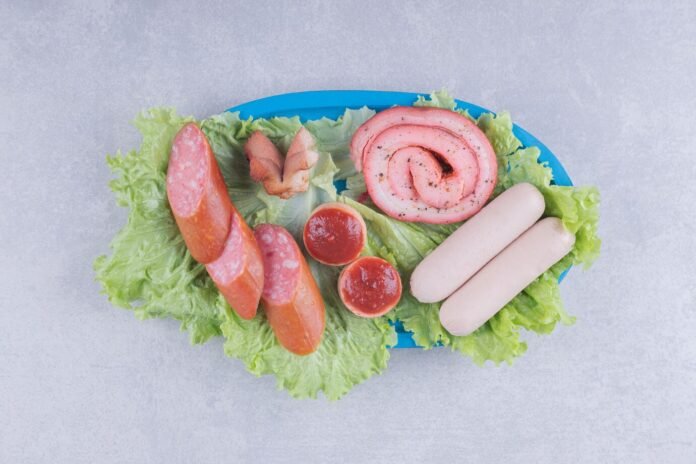Introduction:
If you’ve ever stood in front of your freezer, staring at a rock-solid pack of sausages and wondering if dinner is still salvageable, you’re not alone. Whether it’s a busy weeknight or an impromptu barbecue, we don’t always have time to defrost meat the traditional way. The good news? Yes, can you cook sausages from frozen. However, there are some important safety considerations and cooking methods to keep in mind to ensure that they’re cooked thoroughly and safely. This article explores how to do it properly, the best techniques depending on your cooking method, and a few tips to make sure your sausages turn out juicy and delicious every time.
1. Is It Safe to Cook Sausages From Frozen?
Yes, it is generally safe to cook sausages from frozen, as long as you cook them thoroughly. The key here is reaching a safe internal temperature of at least 160°F (71°C) for pork or beef sausages and 165°F (74°C) for poultry sausages. Cooking them directly from frozen just means it will take longer than if they were thawed. However, not all frozen sausages are meant to be cooked this way—some packaging will specify whether pre-thawing is necessary. Always check the label. Cooking from frozen also requires a bit more attention to make sure the sausage cooks evenly all the way through without burning the outside.
2. Best Cooking Methods for Frozen Sausages
Different methods work better than others when it comes to frozen sausages. For example, baking them in the oven is often considered the most foolproof option. It allows even heat distribution and makes it easier to monitor doneness. Simply lay the sausages on a baking tray and cook them at around 375°F (190°C), turning occasionally. This method helps avoid burning the outside while the inside is still cold. Pan frying can work too, but you’ll need to start on a lower heat, covering the pan with a lid to help the heat penetrate the sausages more deeply before increasing the heat to brown them. Boiling or simmering is another good method, particularly for plumper sausages, as it helps ensure they cook all the way through. Avoid microwaving unless the sausages are pre-cooked and labeled as microwave-safe, as uneven cooking and texture issues are common.
3. What About Taste and Texture?
You might wonder whether starting from frozen affects the final taste or texture of the sausage. While freshly thawed sausages may cook slightly more evenly, many people find that there’s very little noticeable difference if frozen sausages are cooked correctly. The texture might be a little firmer or less juicy if the heat is too high early on, which can cause the casing to split or the sausage to dry out. That’s why it’s important to cook them slowly and patiently, especially at the start. Adding a splash of water or broth to the pan and covering it with a lid helps steam the sausages, locking in moisture before finishing them with a golden brown sear.
4. How Long Does It Take to Cook Frozen Sausages?
The cooking time depends on the size and thickness of the sausages and the method you choose. In general, frozen sausages will take 50% longer to cook than thawed ones. For example, if pan-frying fresh sausages takes about 15 minutes, frozen ones will need closer to 25 minutes. Oven-baked sausages may take 30–40 minutes. It’s crucial not to guess the doneness by looks alone—use a meat thermometer to check the internal temperature. Cutting into the sausage to see if the center is still pink is also a good backup method, though it’s not as reliable as a thermometer.
5. Tips for the Best Results When Cooking from Frozen
If you want your frozen sausage to taste as good as fresh, there are a few simple tricks you can follow. First, don’t crank up the heat too high at the beginning—slow and steady heat is your friend. Second, consider covering the pan or tray for the first part of the cooking process to create a steamy environment that helps the inside cook without drying out the outside. Third, rotate or flip the sausages regularly to ensure even cooking. And finally, don’t be afraid to finish them off with a brief high-heat sear or broil for a crispy, browned exterior once you’re sure they’re cooked through


